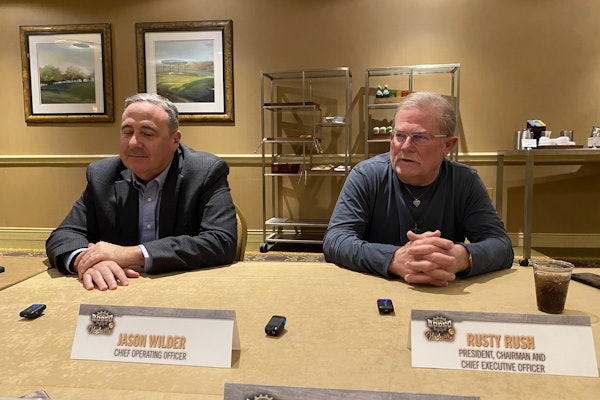For 37 years, I ran a business. We had good days and we had bad days, but in general, it was a very rewarding experience.
I can’t ever remember hearing anyone say “that’s not my job,” and nothing ever seemed to go undone. Someone always got what needed doing, done. Not every time, but darn near.
I never gave much thought to why all this happened until I read a Wall Street Journal article titled Leading From Below. The point of the article was that CEOs increasingly are pressured to produce quickly, and if things are going to happen in their organizations, more and more the driving force must come from middle management, not what the article called the C Suite of CEO, COO and CFO.
If day-to-day operating management doesn’t pounce on small problems as they develop, they probably will become big problems once they eventually get to the C Suite. In my case, fortunately, that rarely happened.
Often before I even knew we had a problem, we no longer had one, because someone in my organization had already solved it.
Now, I recognize we were a small business, as you probably are, and the Journal article addressed larger companies. However, the basic advice it provides for Microsoft seems to me to be just as valid for businesses of any size.
The gist of the article was to develop and preserve a climate in which middle managers think like leaders, and in essence, become leaders.
How can they accomplish that? First, a manager must make a conscious decision to be a leader. No one will tell an employee to become a leader, and there is great pressure not to raise your head above the foxhole. However, you can’t lead from the bottom of the foxhole; you must be willing to take the risks inherent in positions of leadership.
Next, the manager must concentrate on influence, not control. Recognizing that most tasks require a team if they are going to be completed, the manager must accept the fact that he can get the job done only “with his colleagues-not to or for them.”
And, the manager must be alert to collegial concerns. Anything new will raise red flags with someone, and those objections must be dealt with early in the life of a project.
Next, you must make your mental organizational chart horizontal not vertical. That means if there is a growing problem with a customer, it probably can’t be solved by the parts department alone. By involving counterparts in the service department, and building a cross-departmental problem-solving team, the odds the problem won’t hit the C Suite in your company are enhanced vastly.
The final recommendations are to learn to be a trusted advisor, and not to wait for a perfect time to act. A trusted advisor is someone who offers more than technical expertise in his day-to-day relationships with his fellow employees-rather it calls for someone who can turn conversations into meaningful discussions. And on the last point, there never is a perfect time to act, so you’d best get to it now.
And please welcome…
The new editor of Truck Parts & Service, Derek Smith, whose debut editorial appears on page 6. A veteran of trucking and industrial communications, Derek brings a wealth of experience and fresh ideas to his new position.








